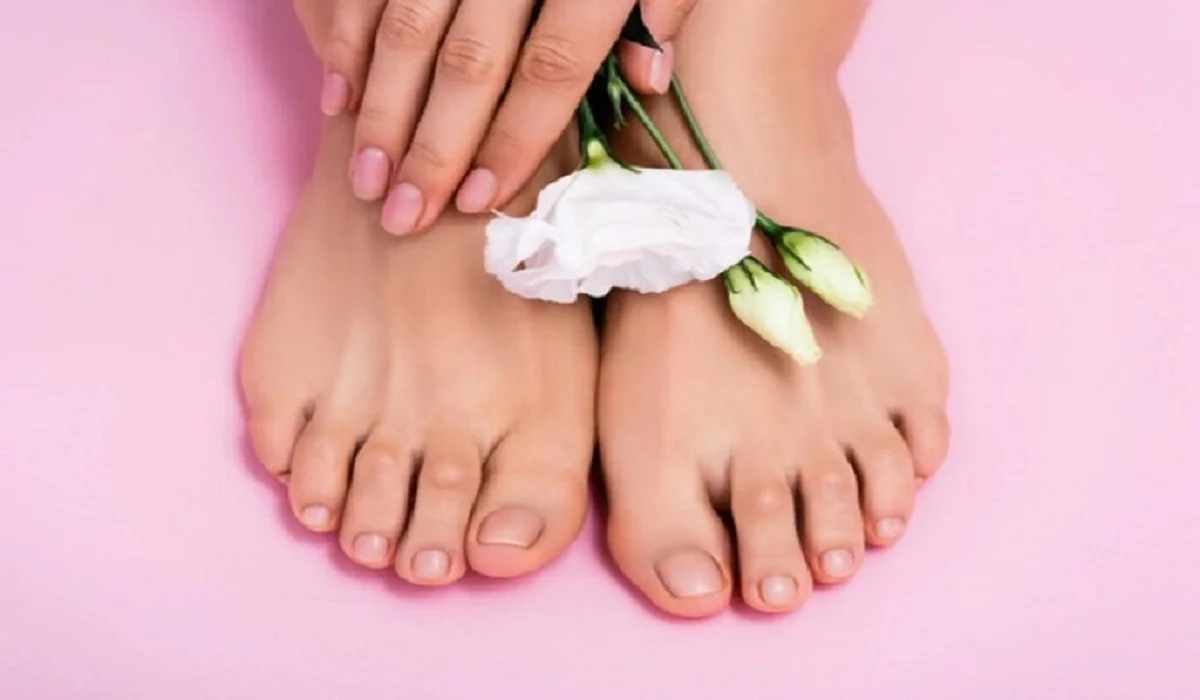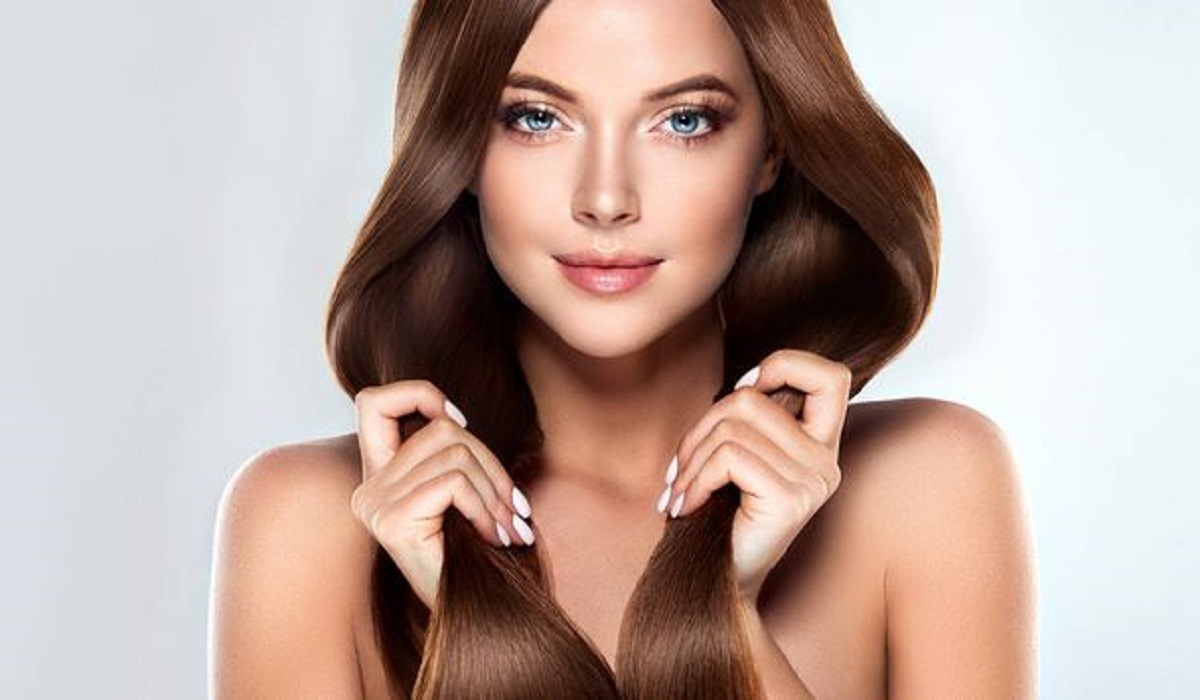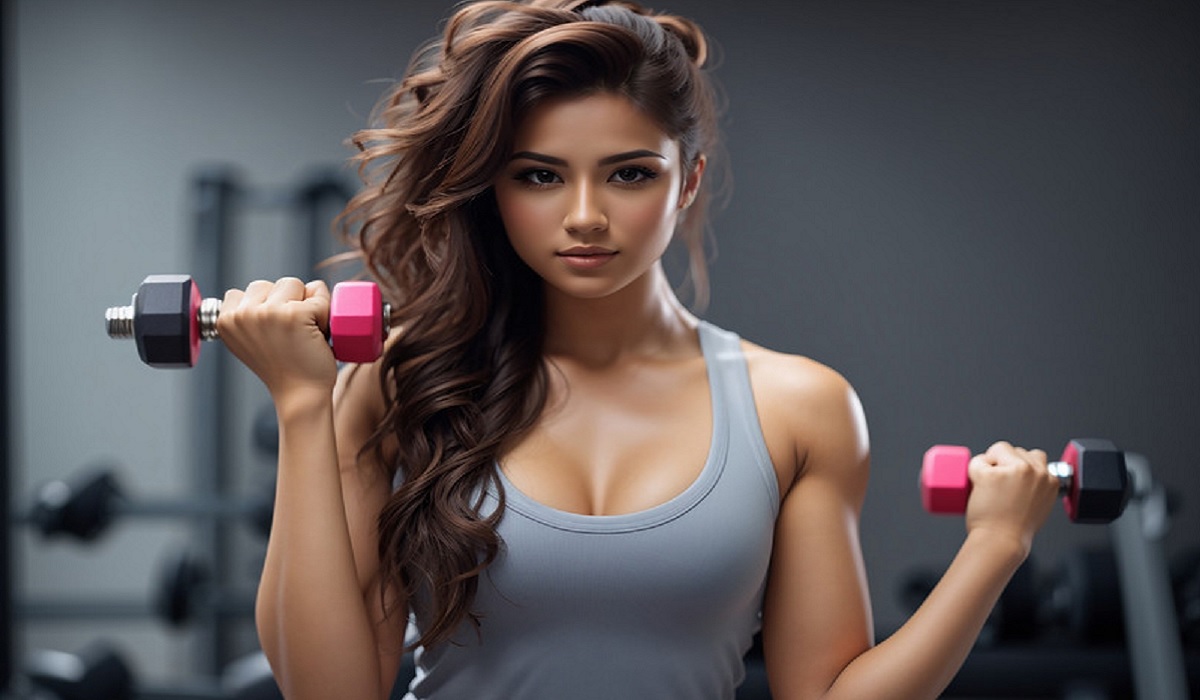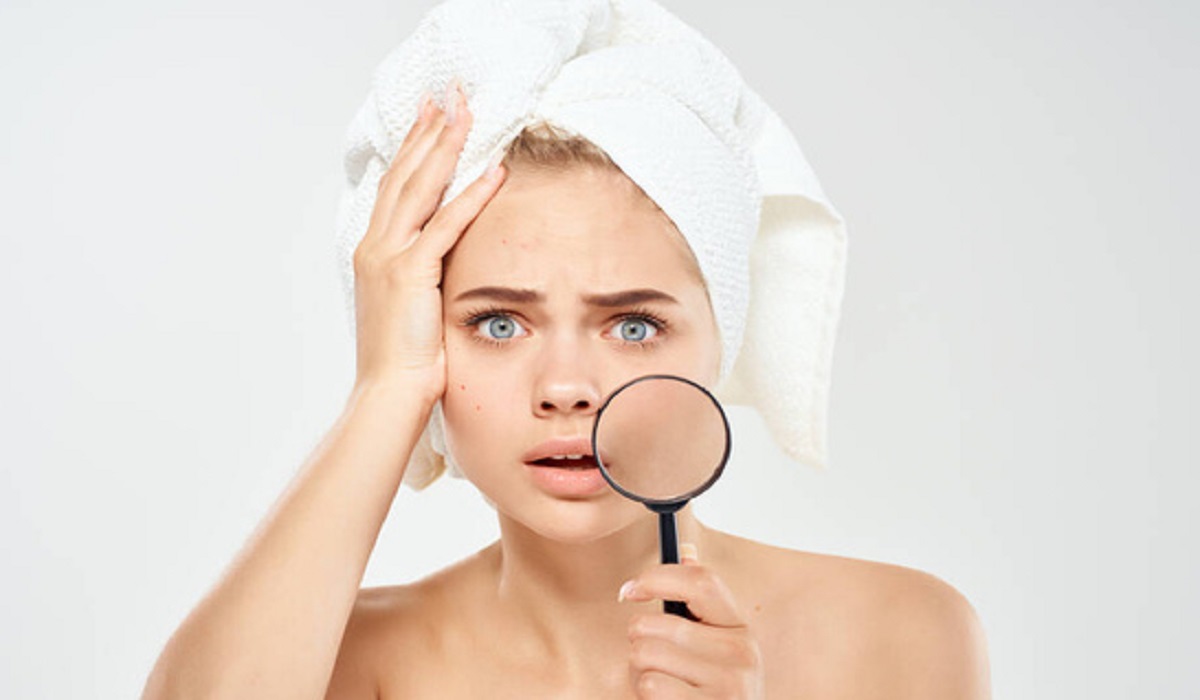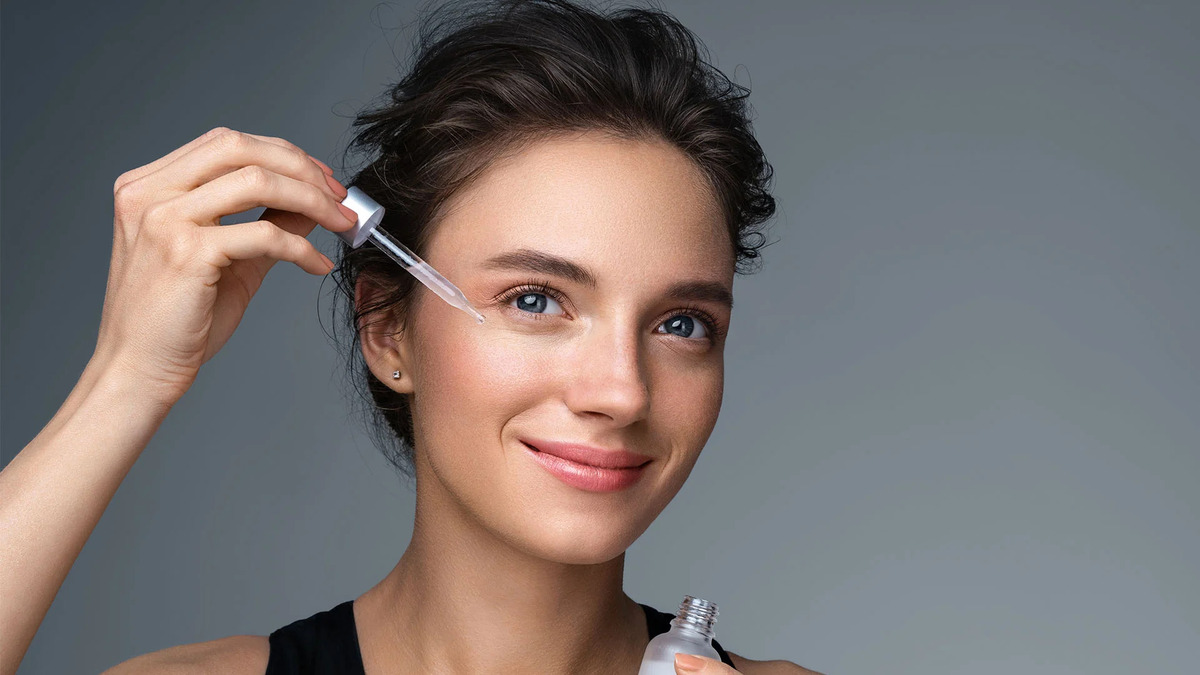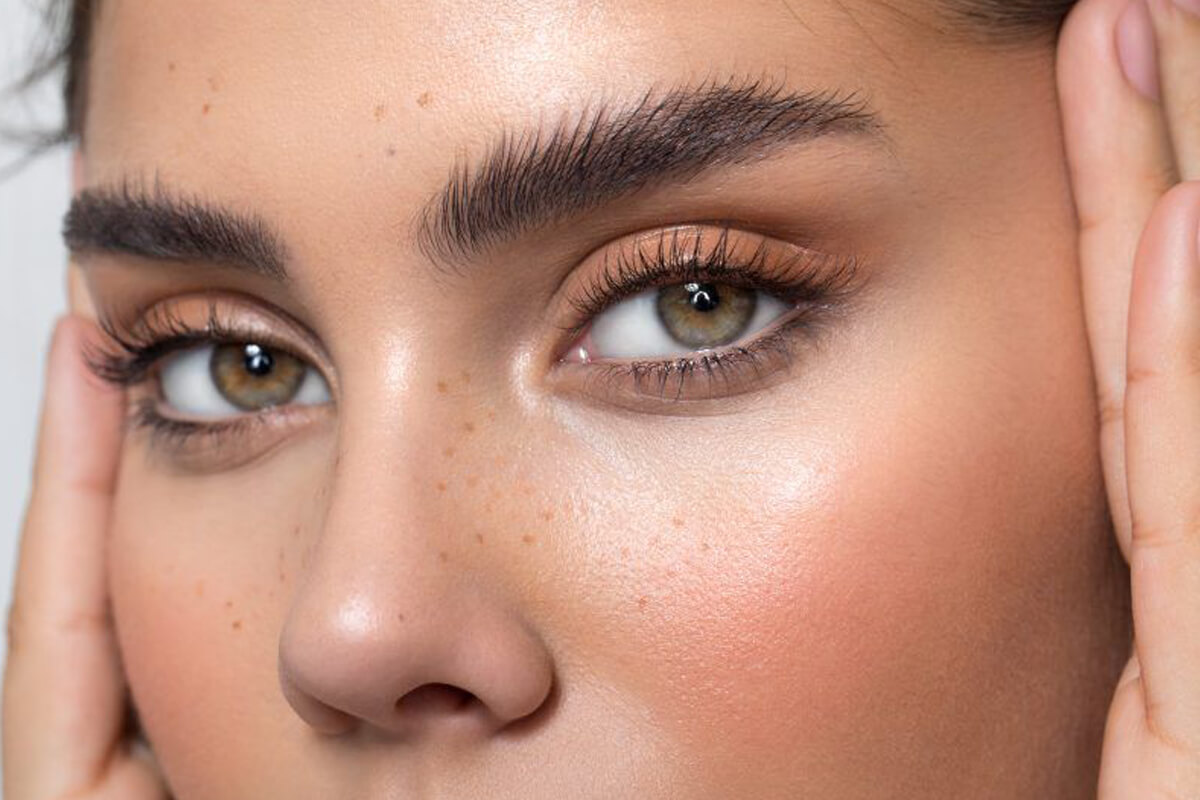In the intricate world of hair styling tools, the quest to unearth the ideal curling instrument can seem daunting. Aspiring for anything from casual beach waves to tight spirals or full-bodied curls, the key lies in selecting the correct device. This guide serves as a beacon, illuminating the path through the curling tool labyrinth, guaranteeing a match that resonates with your hair’s unique characteristics, aesthetic aspirations, and proficiency level.
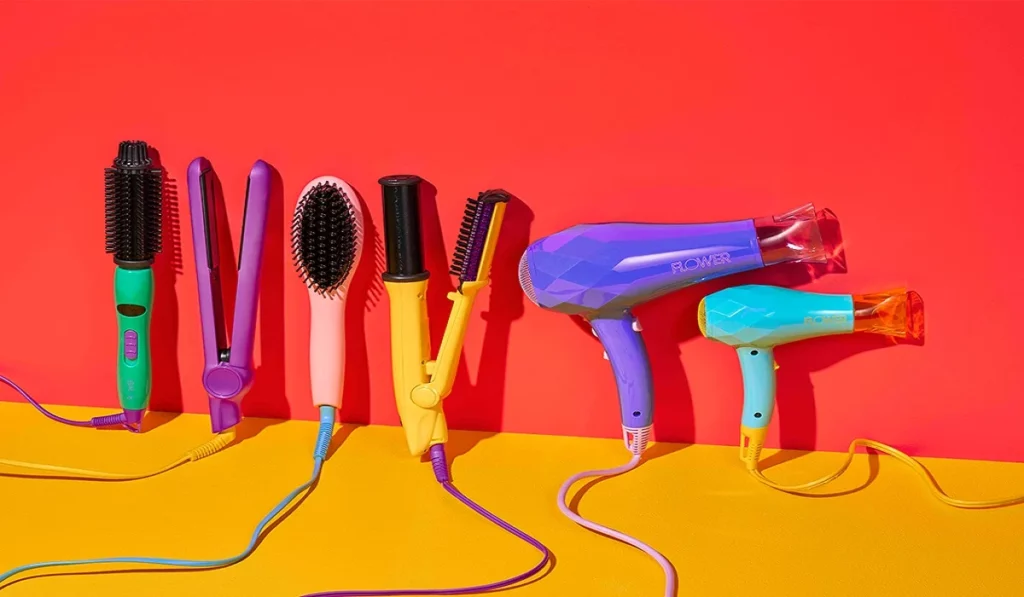
Deciphering Hair Characteristics
Texture and Length of Your Hair
The journey to selecting a curling tool begins with an understanding of your hair’s texture and length. Delicate, fine hair demands an adjustable-temperature tool to avert potential harm, while robust, thick locks may necessitate intense heat to ensure curls hold. For shorter hair, a diminutive barrel circumvents ungainly angles, creating perfect curls, whereas a more extensive barrel suits longer hair, crafting flowing waves or grand curls.
The Impact of Hair Type on Tool Selection
A basic principle emerges: fine, short hair necessitates meticulous heat and barrel size considerations, while thick, long hair affords more flexibility but requires increased heat and a broader curling surface for effective styling.
Diverse Curling Instruments
The Quintessential Curling Iron
Characteristics and Optimal Usage
The traditional curling iron, armed with its clamp, is synonymous with precision and ease, ideal for novices or those aiming for meticulously defined curls. Varied barrel dimensions accommodate different hair lengths and curl sizes.
The Versatile Curling Wand
Benefits and Usage Techniques
Clamp-free curling wands champion the creation of natural-looking waves, ranging from loose to tightly coiled, depending on application technique, thereby offering versatile curl solutions.
The Revolutionary Automatic Curler
Features and Operational Guidance
Automatic curlers represent the vanguard of curling technology, simplifying the curling process. They are a boon for individuals challenged by conventional curling techniques yet desiring uniform, exquisite curls.
The Convenient Hot Rollers
Advantages and Usage Manual
Hot rollers, suited for those who value a more passive styling approach or need to multitask, excel in delivering volume and gentle curls, particularly for medium to long hair.

Selecting Your Ideal Curling Device
Critical Considerations
In choosing a curling tool, it’s essential to weigh factors such as hair type, desired curl effect, skill level, and tool specifications. Contemplate the heat settings, barrel size, and construction material (be it ceramic, titanium, or tourmaline) as these elements influence both hair health and styling results.
Comparative Analysis: Irons, Wands, and Rollers
Each styling tool presents distinct advantages: curling irons offer versatility and precision; wands yield a more natural appearance; rollers are superior for volumizing and convenience. Align your selection with your styling preferences and lifestyle requisites.
Safety Precautions
Employ a heat protectant spray and abstain from curling damp hair to mitigate damage. Adhere to the manufacturer’s guidelines to guarantee both safety and desired outcomes.
Maintenance of Curling Instruments
Ensuring your curling tool’s cleanliness and proper storage prolongs its lifespan and sustains performance quality.
Insider Strategies for Impeccable Curls
Hair Preparation for Curling
Commence with clean, dry hair, applying a heat protectant and, if desired, a styling product for enhanced hold. Segment your hair to simplify the styling process.
Techniques Tailored to Curl Varieties
Delve into various techniques, like pre-twisting strands before curling or alternating curl directions, to uncover methods that best suit your envisioned style.
Selecting the Ultimate Curling Tool
The ideal curling tool aligns with your hair type, styling necessities, and personal predilections. With the guidelines provided, you’re well-equipped to undertake an informed selection process, edging closer to realizing your curl aspirations. Embrace experimentation in your quest for the perfect curling companion.
Key Points
- Indeed, wands with smaller barrels are preferable for short hair, ensuring appropriate curl dimensions.
- For fine hair, initiate at a lower temperature setting, approximately 200°F, adjusting as necessary to preclude damage.
- To clean your curling tool, disconnect and allow it to cool before wiping the barrel with a moist cloth. For accumulated residue, a bit of rubbing alcohol is effective.
- Automatic curlers, offering consistent results with minimal effort, are invaluable for those finding manual curling challenging.
- Refrain from using hot rollers on damp hair to prevent damage and ensure curls form correctly.
- To extend curl longevity, apply a holding product before curling and minimize hair handling post-styling.
The journey to discovering the right curling tool is highly personal, hinging on an intimate understanding of your hair’s nature, styling ambitions, and suitable tool features. Armed with the insights and recommendations provided herein, you’re poised to make a well-informed decision, unlocking the door to achieving your ideal curls. Remember, mastery is born of practice, and the perfect curling tool awaits your discovery.
Choosing the Correct Barrel Size for Your Hair Length
- The choice of barrel size is pivotal, directly correlating with your hair’s length. For individuals with shorter strands, a compact barrel measuring between 0.5 and 1 inch is recommended to navigate tight spaces and sculpt well-defined curls. Those with medium-length hair have the flexibility to explore barrel sizes ranging from 1 to 1.5 inches, which are adept at crafting classic curls. Individuals with longer tresses should consider barrels exceeding 1.5 inches in diameter to achieve voluminous, wavy curls. It’s essential to recognize that the barrel’s diameter not only influences the curl’s tightness but also its overall style and volume.
Understanding the Differences: Ceramic vs. Titanium Curling Tools
- Curling tools crafted from ceramic and titanium stand at the forefront of styling technology, each offering unique advantages. Ceramic tools excel in distributing heat uniformly while emitting negative ions, which work tirelessly to minimize frizz and enhance the hair’s luster and smoothness. This makes ceramic an excellent choice for those with fine or sensitized hair, courtesy of its gentle heating properties. Conversely, titanium tools boast rapid heating capabilities and achieve higher temperatures, making them ideal for professional use and styling thick, coarse hair. Additionally, titanium’s consistent heat distribution ensures even curls, reinforcing its suitability for more resilient hair types.
Styling Dyed or Bleached Hair with Curling Tools
- While styling colored or chemically treated hair with curling tools is feasible, it demands a cautious approach. Given the heightened vulnerability of dyed or bleached hair to heat-induced damage, opting for a tool with variable temperature controls is wise. Employing a lower heat setting and applying a protective barrier before styling can significantly mitigate potential harm. Curling tools featuring a ceramic coating are preferred for their milder heat, which aids in preserving both the vibrancy of your hair color and its overall health.
Heat-Free Curling Techniques
- For those averse to heat-based styling, various heatless methods offer an alternative route to achieving curls. Techniques involving foam rollers, flexi rods, and cloth strips present a gentler means to curl hair, albeit with a longer setting time, typically overnight. The “sock bun” method, where damp hair is wrapped around a sock or similar soft material to dry, produces soft, buoyant curls without heat exposure, catering to individuals seeking less aggressive styling methods.
The Importance of Curling Tool Maintenance
- Regularly cleaning your curling tool is crucial, not only for its performance but also to prevent hair damage. Residue from styling products can lead to uneven heat distribution, compromising hair integrity. To clean, disconnect the tool and ensure it’s cool before wiping with a moist cloth. For more tenacious buildup, a mixture of water and rubbing alcohol may be employed. Maintaining a clean tool enhances its efficiency and longevity.
Guidance for Curling Novices
- Initiating the curling process with dry hair and a protective layer against heat is paramount. Selecting a curling tool that matches your hair length and desired curl outcome is crucial. It’s advisable to start curling at the back, progressing forward, and to manipulate the tool’s orientation based on the desired curl effect. Limiting heat exposure to 5-10 seconds per section can prevent hair damage. Patience and practice are key, as mastering the curling technique may require time.
The Risks of Frequent Curling Tool Use
- Regular use of curling tools can precipitate heat damage, manifesting as dryness, breakage, and frizz. To mitigate these effects, employing the lowest effective temperature, applying a heat protectant, and limiting heat styling frequency are recommended strategies. Integrating deep conditioning treatments into your hair care regimen can also counterbalance the deleterious effects of recurrent heat styling.
Incorporating these insights into your styling regimen will empower you to select and utilize curling tools more adeptly, culminating in not only aesthetically pleasing curls but also well-maintained, healthy hair.

